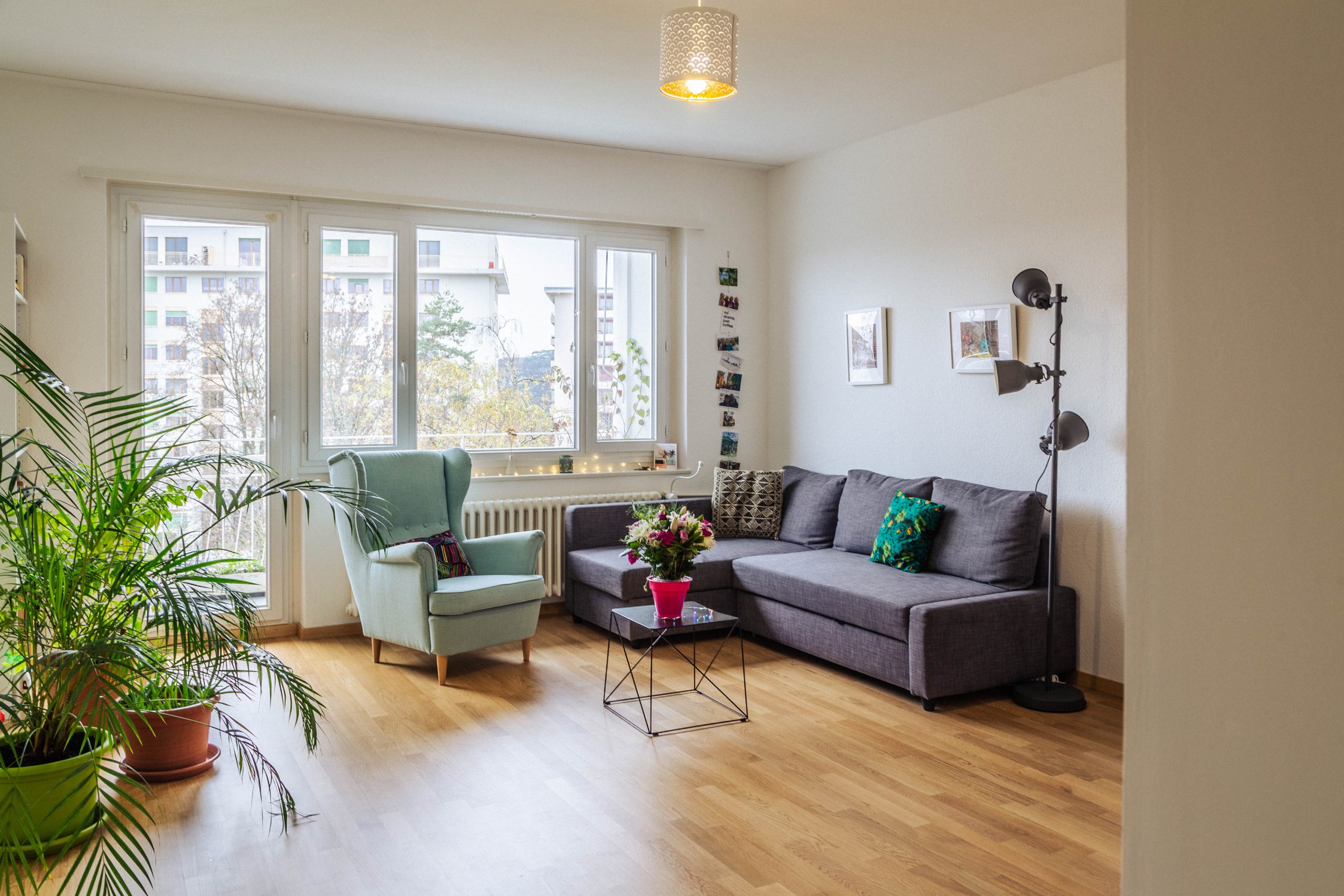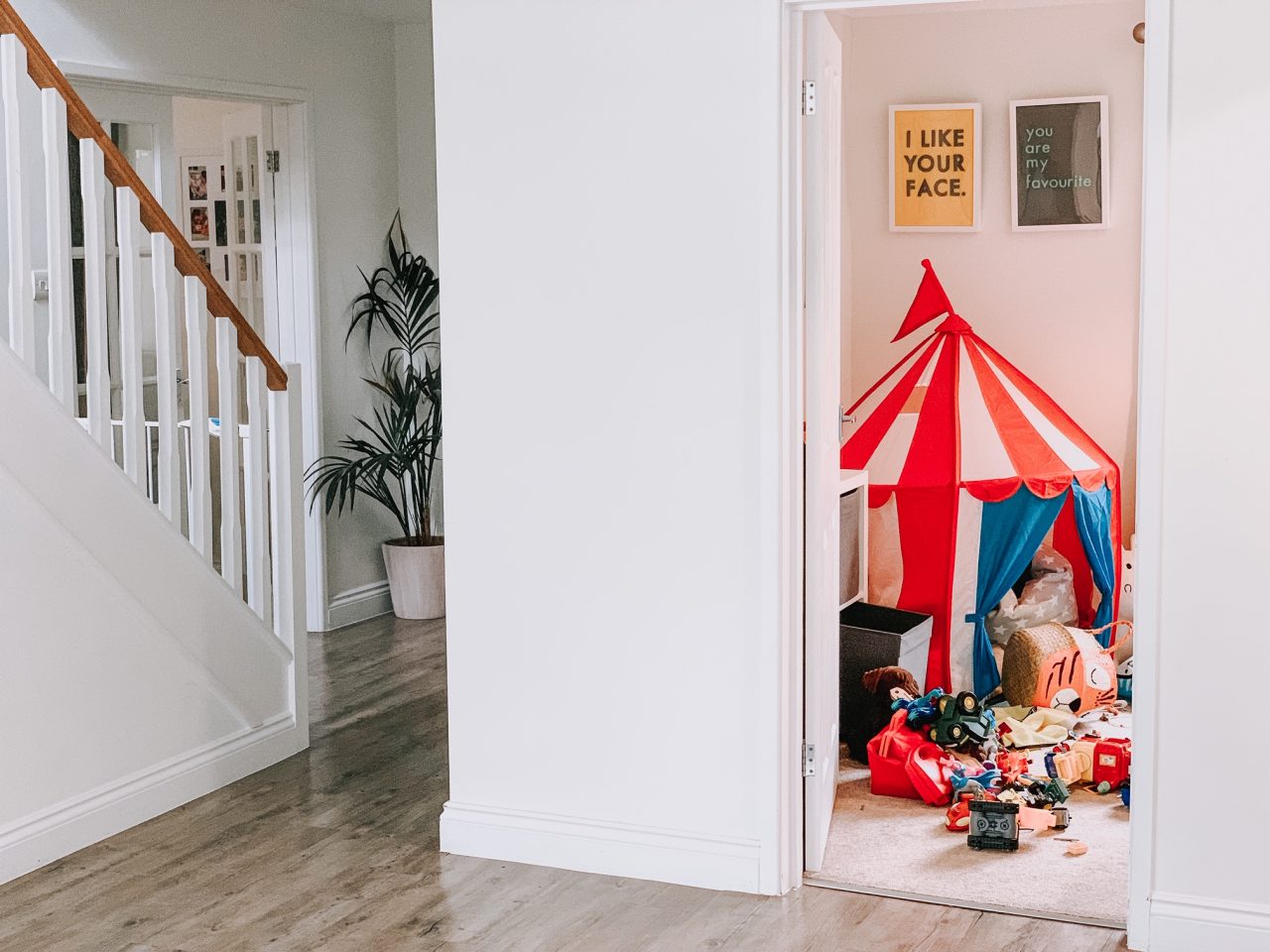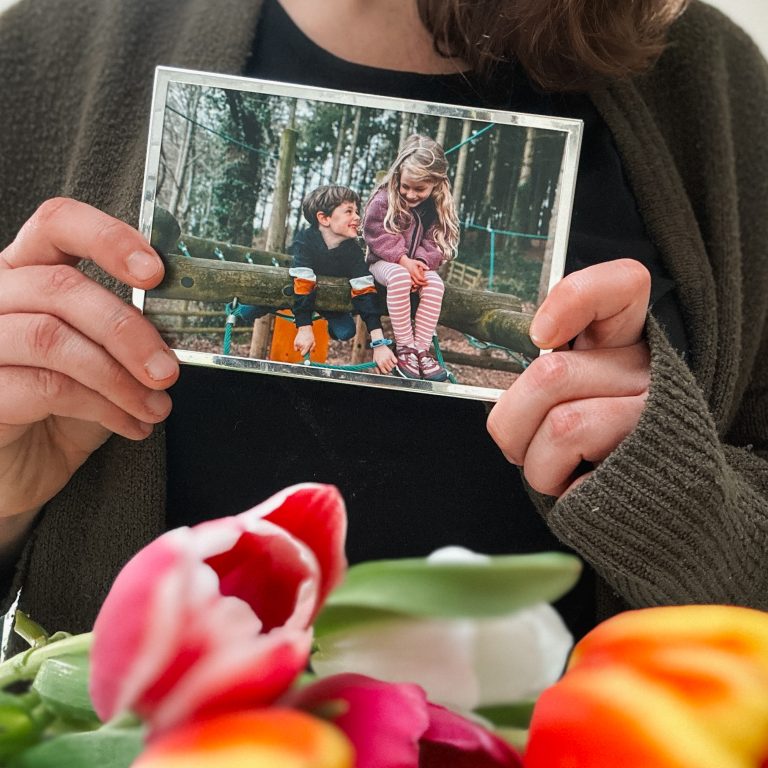Smart Tips for a Cozy Family Space
Transform your living space into the ultimate family-friendly haven. From essential tools and durable materials to practical furniture and calming design, learn how to create a home that balances style, functionality, and comfort for all ages.
Tools for a Family-Friendly Space
Small adjustments and repairs are often necessary to create a cozy and family-friendly living space. Essential tools can help tackle these tasks swiftly. Basic options such as screwdrivers, a hammer, and a tape measure are indispensable for furniture adjustments, wall décor rearrangements, or shelving installations.
If you’re working on mechanical fixtures during rearrangement, having high-performance hydraulic cylinder rebuild tools becomes essential to ensuring precision and safety in addressing these technical areas.
Keeping a level tool handy also ensures that all wall-mounted items are perfectly aligned, and a cordless drill can speed up minor fixes or assembly tasks. These tools make functional changes to your home setup efficient and family-friendly.
Best Design Tips for a Family-Friendly Space
Incorporating durable materials into a family-friendly living space design is essential to ensure longevity and maintain aesthetic appeal despite the wear and tear associated with daily family activities.
Materials that are durable and suitable for a family environment include:
Wall Finishes
High-quality washable paints are designed to endure frequent cleaning without fading or losing their finish, making them perfect for high-traffic areas or spaces prone to spills and creative messes.
For a more modern and stylish option, modern 3D wall panels provide durability and visual appeal, elevating any space while requiring minimal upkeep.
Flooring Options
Engineered hardwood is particularly recommended due to its enhanced stability and resistance to moisture compared to solid hardwood. It can withstand heavy foot traffic and is less prone to warping. A high-quality finish can further protect the surface from scratches and stains.
Fabric Choices
Microfiber is renowned for its durability, making it an excellent choice for upholstery in a family setting. Its tightly woven fibers prevent liquids from penetrating, allowing for easy cleaning.
| Interactive Walls: Add creative features such as chalkboard paint or corkboard sections to walls. This provides kids with a dedicated space to draw, plan, or display projects without damaging other parts of the home. |
Balancing Style and Functionality in a Family Home

When selecting furniture for a family-friendly living space, it is essential to prioritize style and practicality. The following considerations are essential when choosing stylish yet practical furniture options:
Multi-Functional Furniture
Incorporating furniture that serves multiple purposes can enhance the functionality of a living space. Examples include sofa beds, storage ottomans, and extendable dining tables. These pieces save space and provide additional utility, which is particularly beneficial in homes with limited square footage.
Safety Features
Furniture should be designed with safety in mind, especially in homes with young children. Rounded edges, non-toxic finishes, and sturdy construction are essential features.
Ergonomic Design
Ergonomically designed furniture supports the health and well-being of all family members. Chairs and sofas with proper lumbar support and adjustable features can prevent musculoskeletal injuries and promote good posture.
Zoning Techniques
Utilize zoning to create distinct areas for play without the need for physical barriers. This can be accomplished through the use of rugs, different flooring materials, or changes in wall color.
Zoning helps visually separate the play area from other parts of the living space, providing children with a defined activity space.
Acoustic Management
Implement soundproofing solutions to minimize noise interference. These can include noise-canceling headphones, sound-absorbing panels, or heavy curtains.
Acoustic management is crucial in maintaining concentration and productivity, especially in a bustling family environment.
Aesthetic Versatility
Choose furniture with a timeless design that can adapt to changing interior trends. Neutral colors and classic styles ensure that the furniture remains relevant and complements various decor themes. This approach not only enhances the visual appeal of the living space but also provides long-term value.
| Custom Storage: Include built-in storage solutions tailored to your family’s needs, such as toy bins, hidden compartments under stairs, or wall-mounted shelves. This reduces clutter and keeps the space organized for everyday use. |
Creating a Comfortable Home for All Ages
Creating a relaxing atmosphere in a family-friendly living space involves a strategic combination of design elements that promote tranquility and comfort. Research indicates that the environment impacts psychological well-being, with specific design choices fostering a sense of calm and relaxation.
Lighting
Natural light can improve mood and increase productivity. Therefore, it is recommended to maximize natural light through the use of large windows or skylights.
Additionally, incorporating adjustable lighting solutions, such as dimmer switches and layered lighting, allows for flexibility in creating the desired ambiance. Soft, warm lighting is particularly effective in promoting relaxation.
Adequate lighting reduces the risk of falls and enhances visibility for individuals with visual impairments. Motion-sensor lights are handy in hallways and staircases, providing illumination only when needed and conserving energy.
Color Psychology
Cool colors such as blues and greens are known to be calming, making them ideal choices for a relaxing environment. These colors can be incorporated through wall paint, furnishings, or decorative elements. Neutral tones, such as beige and soft grays, provide a serene atmosphere by providing a subtle backdrop that does not overwhelm the senses.
Natural Elements
Indoor plants have been associated with reduced stress levels and improved air quality. A Journal of Physiological Anthropology study found that interaction with indoor plants can reduce physiological and psychological stress. Incorporating wooden furniture, stone accents, and water features can further connect the indoor environment with nature, promoting peace and well-being.
Spatial Organization
The arrangement of furniture and space utilization should facilitate ease of movement and comfort. Clutter can contribute to stress, so maintaining an organized and tidy environment is essential.
Furniture should be arranged to promote social interaction while allowing for personal space when needed. Comfortable seating options, such as plush sofas and ergonomic chairs, can further enhance the relaxation experience.
Create a Lasting Space for Comfort and Connection
A family-friendly home is more than just a space. It’s a sanctuary designed to nurture comfort, safety, and connection.
Combining thoughtful tools, durable furnishings, and relaxing design elements allows you to create a harmonious environment that evolves with your family and endures over time.









No Comments